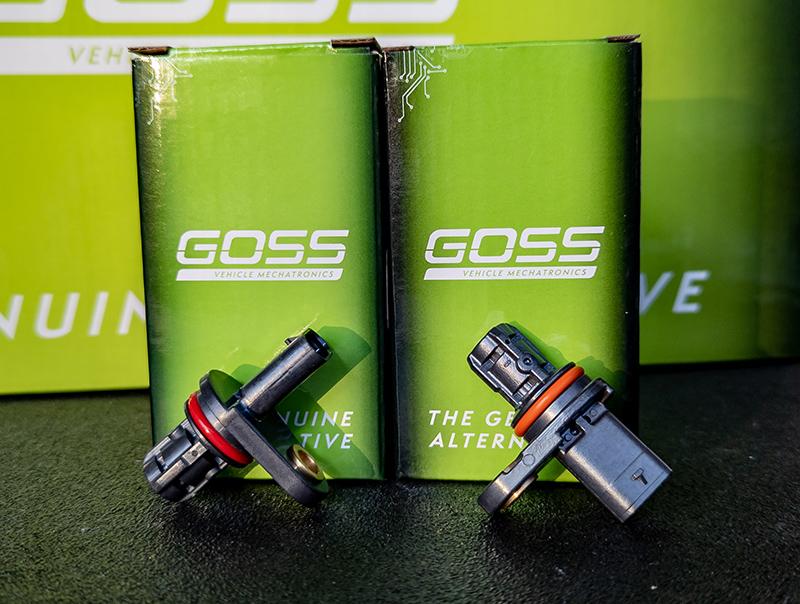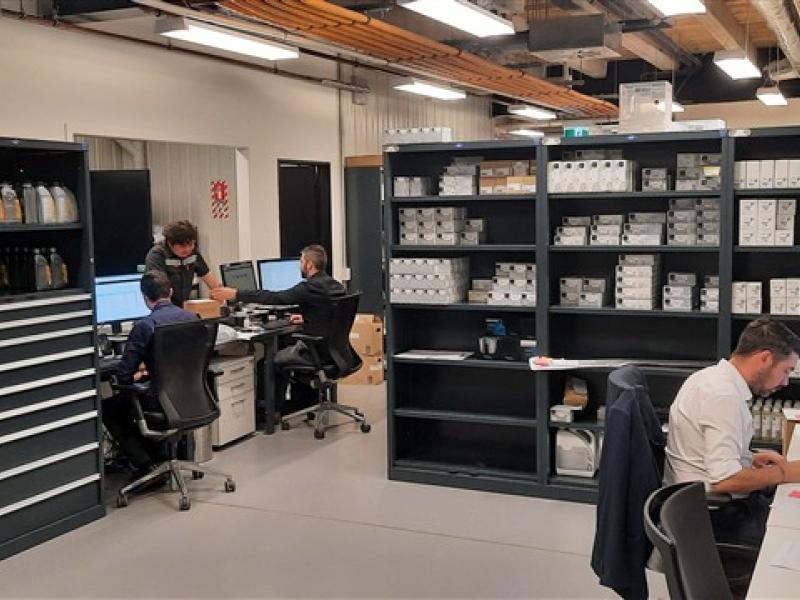If you poked your head into any automotive workshop in this country, you would be presented with a range of talented repair technicians busy doing what they do best – servicing and fixing everything from a 50cc scooter to an ACCO garbage truck.
On the left you can see Tony – he is the filter spinner – knocking lube services over while listening to some Van Halen.
Just past Tony is the underbody expert. Amy can machine a set of disc rotors faster than you can order your morning latte.
On the right of the workshop is big Dan. He is the one we call when a Nissan Patrol gearbox needs removal.
If you look down the back in the corner in the shadows, you will find the diagnostic tech. This one is a little different. He thinks funny...we only let him out to do the tricky stuff and then lock him away. He is the one that gets excited when a tow truck shows up on Monday morning with a Holden Trax on the back that won’t start – or to be more precise, it won’t crank.
Our diagnostic tech doesn’t have a name, or at least not one that anybody knows. He is the one that understands the witchcraft and sorcery inside an ECM.
Walking to the Trax with scan tool in hand, you can hear him muttering some strange alien language that sounds a bit like module presence check and DTC retrieval.
The diagnostic tech shakes his head and makes strange animal sounds – a tell-tale that something is not right. Gesturing to the rear of the vehicle and pointing at the live data, it becomes apparent that the ECM is commanding constant fuel pump operation with the ignition on. Another shake of the head and more pointing to the screen. Oh look…the ECM is not commanding the start relay to engage when the key is turned…. “Genius!” you say to the tech… “Hold five while I order a new control unit.”
The diagnostic tech shakes his head again –- this time expressing his disappointment with that statement.
Another finger is tapping the scan tool display. This time drawing your attention to the intake, exhaust, and crankshaft position sensors.
The intake and crank sensors are both registering zero rotation, but the exhaust sensor is clocking revolutions. The diagnostic tech unplugs the offending sensor, and the rotation count stops – along with the fuel pump. Reaching inside the vehicle the tech turns the ignition key and the starter motor spins the flywheel faster than you can say “How did you know?”
Walking back to his lair, you notice a slight curl from his mouth – a sure sign he is happy with the diagnosis of a faulty cam angle sensor. The ECM would not operate the start relay as it believed that the engine was already turning.
GOSS offer a range of high-quality aftermarket cam and crank sensors which have been sourced from some of the world’s leading OE and AM suppliers. All units have been manufactured to meet OE specifications and have been tested and validated for performance and reliability.






